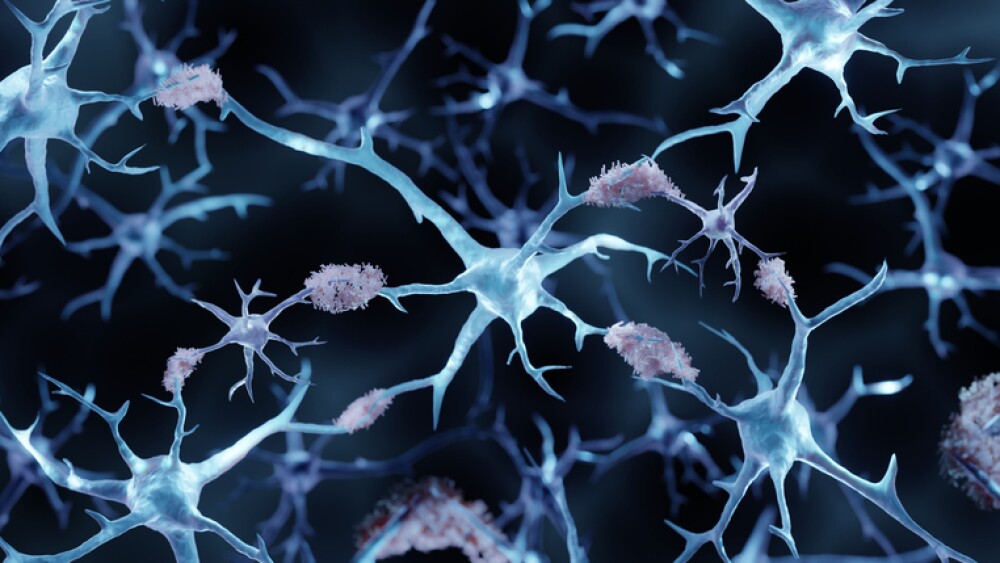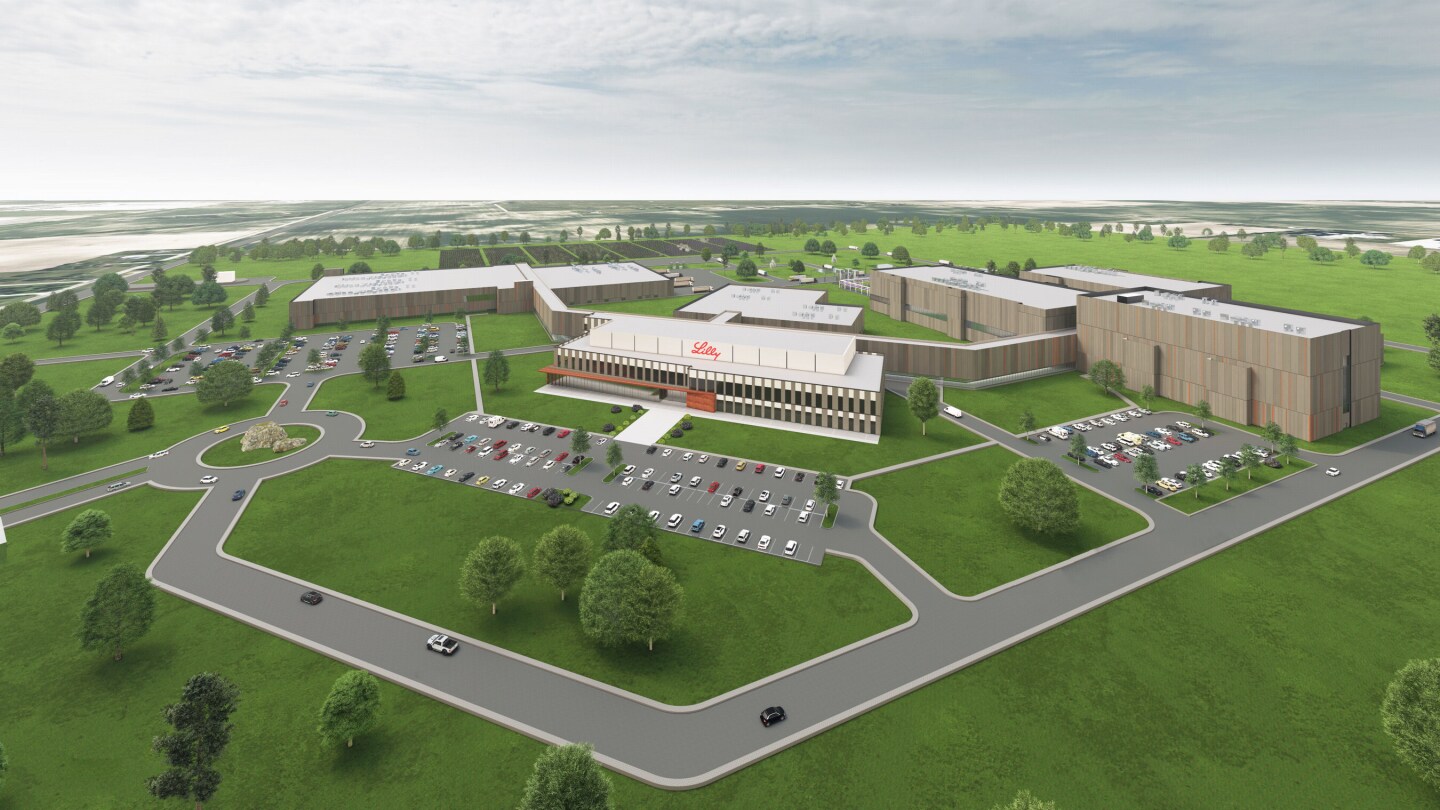Drug Development
If the attention generated by BioSpace’s coverage of this landmark approval is any indication, Americans are hungry for non-opioid pain treatments that could help quell the still raging opioid epidemic.
FEATURED STORIES
Already established as cornerstone therapies in diabetes and obesity, GLP-1 receptor agonists also show potential in several other indications, including cancer, addiction and neurodegenerative diseases.
Novo Nordisk executives set a high bar for itself when it projected CagriSema could achieve 25% weight loss. When the GLP-1 combo didn’t hit that mark, investors reeled.
Even as Biogen and Eisai’s Leqembi and Eli Lilly’s Kisunla slowly roll out onto the market, experts question the efficacy of these anti-amyloid antibodies and the amyloid hypothesis overall.
Subscribe to ClinicaSpace
Clinical trial results, research news and highlights from our editorial team, in your inbox every Monday
THE LATEST
By mid-2025, the biotech will split into two entities: a new, as-yet-unnamed innovative medicines specialist and a cell therapy company, the latter of which will inherit the Galapagos name.
BioSpace presents 25 noteworthy biopharma startups in ’25; analysts forecast stronger M&A as the J.P. Morgan Healthcare Conference kicks off next week; GLP-1s continue to expand their reach as Novo, Lilly fight against compounders; and a look ahead to five key FDA decisions in Q1.
Amid recent backlash stemming from market withdrawals and trial delays, the FDA seeks to further clarify its requirements for confirmatory trials for therapies seeking the shortened path to market.
Months after posting weight loss of 7.5% at 36 days for patients taking MET-097i, Metsera releases mid-stage results of just over 11% average body weight reduction at 12 weeks, with no plateau and a promising safety profile.
Denali’s failure on Monday continues biopharma’s losing streak against amyotrophic lateral sclerosis. PTC Therapeutics and Amylyx have seen similarly disappointing results.
From ADCs and radiopharmaceuticals to cell and gene therapies, eager young startups are betting on advances in biopharma’s most competitive therapeutic spaces—and attracting dollars from Big Pharma.
Eli Lilly and Company has invested more than $20 billion in its manufacturing capabilities since 2020 to help meet high demand for its medicines. Its recently announced Lilly Medicine Foundry—which will support research and development efforts—is just the latest example of the ability to research new ways of producing medicines, while also scaling up manufacturing of medicines for clinical trials.
Expanding volumes of data point to mechanisms beyond weight loss and blood sugar control that contribute to cardiovascular benefits in the world’s fastest-growing drug class.
Effectively treating and preventing this common form of dementia will require a cocktail of drugs and a combination of approaches, as well as a drive toward early detection.
With two earlier trials meeting their primary endpoints, Axsome claimed it has the data to support a filing for FDA approval in the second half of 2025.
















